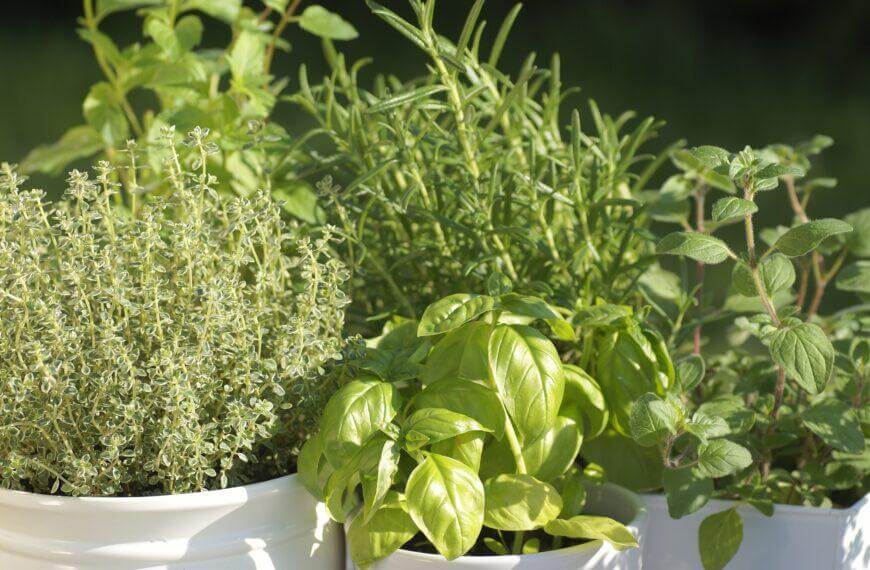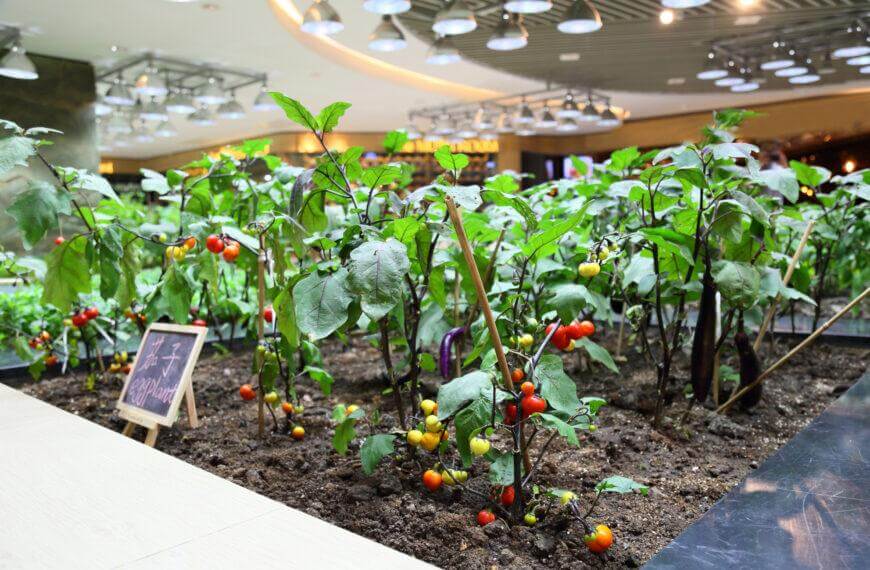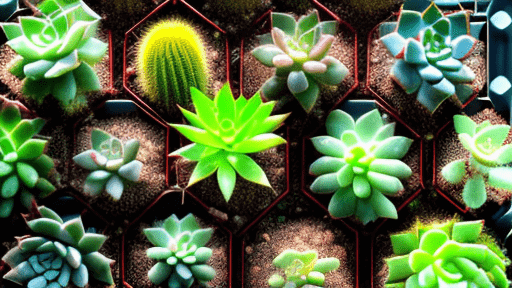Key Takeaway:
- Identify your orchid’s physical characteristics: Understanding your orchid’s physical characteristics will help in determining the right care needed to grow them. Look out for specific traits such as the shape and size of the leaves, pseudobulbs, and flowers.
- Provide consistent care for optimal growth: Orchids require special growing environments such as porous growing mediums and pots, sufficient light, and watering and fertilizing requirements. Consistent care will promote optimal growth and ensure that the orchid’s health is maintained even after flowering.
- Care for orchids after blooming: While orchids require less watering after blooming, it is important to maintain the growing environment and avoid repotting until the orchid has outgrown its current pot. Cutting back on fertilizing is also recommended during this period.
Introduction: Orchid Care for Beginners
Orchid Care for Novices: An Expert Guide to Growing Orchids Indoors
Growing indoor orchids can be a challenge for beginners, but with a little knowledge and the right tools, they can flourish. To start, it is essential to understand the ideal conditions, such as bright light, proper air flow, and the right growing medium. Regular watering and fertilization are also crucial in maintaining the plant’s health and encouraging flower spikes.
Furthermore, it is essential to identify common pests and diseases that can damage your orchids. Repotting is essential when your orchid becomes root-bound, and propagating can be a fun way to expand your collection. Once you have gained experience in caring for orchids, you can experiment with different varieties, such as phalaenopsis, dendrobiums, and other types that showcase unique blooms.
In addition, we bring you a true story of a bonsai artist who struggled to grow orchids indoors until she found the right balance of care and attention.
By following these expert tips for orchid care, you can enjoy the beautiful blooms and exquisite foliage that these houseplants bring. Just like with cookies, each variety of orchid has its own preferences, and with the advancement of technology, tracking your plant’s health has never been easier with devices such as smart monitors. However, remember to use caution when clicking on advertisements marketed as an orchid care solution.
Physical Characteristics of Orchids
Physical Traits of Indoor Orchids
Orchids are a diverse and fascinating group of plants that come in many shapes and sizes. When growing orchids indoors, it’s crucial to understand the physical characteristics of these plants so that you can provide them with the proper care they require. Here are some key traits and features of indoor orchids to keep in mind:
| Trait | Description |
|---|---|
| Leaf Shape | Varies based on the species, ranging from elongated and narrow to round and fleshy |
| Leaf Color | Can be green, yellow, red, or variegated |
| Root Structure | Typically thin and velamentous, with some species having thick, fleshy roots |
| Flower Appearance | Stunning and intricate, often with unique markings and patterns |
| Flower Color | A wide range of hues, including white, pink, purple, and yellow |
| Bloom Season | Varies depending on the species, some blooming once a year while others may bloom multiple times |
It’s worth noting that some orchid species, such as Phalaenopsis, are particularly well-suited for indoor growth due to their ability to tolerate lower light levels and fluctuating temperatures.
When it comes to caring for indoor orchids, there are a few things to keep in mind. These plants require regular maintenance, including proper waterings and feeding with fertilizer. Additionally, it’s important to follow a growing guide specific to the species of orchid you have in order to ensure it thrives in your care.
Identifying Orchids with Physical Characteristics
Orchids can be identified with their physical characteristics, which include shape, size, and color. These defining traits distinguish orchids from other plants. Identifying orchids is crucial for indoor gardening as different species have varying maintenance requirements. For instance, phalaenopsis orchids require a different watering and fertilization schedule than those of paphiopedilums.
Moreover, the petals and sepals of various orchid species exhibit unique patterns in intricate forms that are repeated symmetrically along the flower structure. Additionally, each variety of orchid has its distinct color scheme and fragrance that enhances their overall beauty.
It is essential to remember that not all flowers marketed as “orchids” may belong to this botanical family. Features such as leaves’ form, swollen pseudobulbs and other traits must be considered when identifying an orchid plant.
During the Victorian era, orchids were a popular status symbol among the European elite who exploited the exotic plants’ beauty. They would often commission elaborate expeditions to develop collections from far-off lands, leading to some indigenous varieties becoming endangered in their natural habitats.
Quick Guide to Growing Orchids
Growing orchids indoors can be a rewarding experience. Here is a concise guide on how to care for indoor orchids effectively. Follow these six steps for success:
- Choose the right orchid species
- Provide proper lighting and temperature
- Water orchids correctly
- Fertilize your orchids
- Repot your orchids when needed
- Watch for insects and disease
It’s essential to consider that different orchid species have distinct care requirements. Thus, it’s crucial to research your specific orchid type before choosing and nurturing it indoors.
A beautiful and healthy orchid can brighten up any indoor setting. Don’t miss out on the chance to have a gorgeous indoor orchid by following these quick and straightforward steps. Start caring for your Phalaenopsis orchid today and be amazed by the results.
Porous Growing Medium and Pots for Orchids
The ideal Growing Medium and Pots for Orchids should be porous to allow proper drainage and better air circulation. A suitable Growing Medium for orchids may include bark, sphagnum moss, perlite, etc. while Pots made of terracotta or clay are ideal as they can absorb excess water and prevent root rot.
| Growing Medium | Pots |
|---|---|
| Bark | Terracotta/Clay pots |
| Sphagnum moss | Ceramic pots |
| Perlite | Glass pots |
Apart from the growing medium, always ensure that only the right size of the pot is chosen with ample space to accommodate growth. Do not be tempted to repot too often as orchids thrive in tight spaces.
Don’t risk losing the beauty of your indoor orchid garden by using unsuitable growing mediums and pots. Specific needs arise depending on different species like phalaenopsis orchids so it’s imperative to conduct research or consult an expert before making informed decisions.
Light Requirements for Orchids
Orchids’ luminous appetite – a crucial aspect of their survival
Orchids are notable for possessing a higher light requirement than most indoor plants. Inadequate lighting often results in orchid leaves losing their rich color and their flowering capabilities being reduced.
Providing sufficient lighting for your orchid entails picking the appropriate location inside your domicile. Windows facing east or west generally receive beneficial morning or afternoon sunshine which the phalaenopsis variety, in particular, thrives in. The use of auxiliary grow lights can compensate for inadequate lighting conditions.
It is crucial to prevent excessive exposure to direct sunlight as it could cause leaf scorching and dehydration, damaging plant development. Consequently, proper attention should be given to locating an area with intermediate sunlight intensity around 60 percent light exposure.
Scientific research and consistent real-time experimentation have discovered that the amount of light required by different species of orchids to thrive varies significantly.
In ancient Asia, rare varieties of orchids were indicators of wealth and prestige used as currency for bartering purposes between Thai cultures. Some Chines rulers observed them during the Sung dynasty, over 1000 years ago.
The light requirements for your orchids need daily assessment and care to ensure they emerge healthily with vibrant colors: a rewarding sensation when achieved successfully!
Watering Requirements for Orchids
Providing Optimal Moisture Levels for Indoor Orchids
Maintaining optimal moisture levels is crucial for the proper growth and flowering of indoor orchids. Overwatering can lead to root rot, while underwatering can result in wilted leaves and stunted growth.
To water your orchid, it is important to check its moisture requirements based on the type of orchid. As a general rule, most popular orchids like phalaenopsis prefer a moist but well-drained soil. Water thoroughly when the top one inch of soil feels dry to the touch. Avoid wetting the leaves or flowers as this may cause them to rot.
It is essential to use room temperature water that is free from minerals and chemicals. Rainwater or filtered tap water is ideal for watering indoor orchids. Be wary of using soft water as it contains high levels of salt, which can cause damage to the plant’s roots.
Proper watering practices combined with good humidity control can help your indoor orchid thrive and produce beautiful and long-lasting blooms.
Pro Tip: It’s better to underwater than overwater when it comes to indoor orchids as they have naturally adapted to grow in low-nutrient environments with limited access to water.
Fertilizer and feeding requirements for Orchids
Orchids: A guide to their feeding requirements
Feeding orchids is crucial for their overall health, growth and vibrant blooms. One of the essential ways to feed your orchid is through regular fertilization. Orchids have specific feeding needs, including minerals such as nitrogen, phosphorus, and potassium, which are essential for healthy leaves and roots.
To fertilize your orchid correctly, ensure that you use high-quality fertilizer specifically formulated for orchids. In general, it’s advisable to feed your orchid every other week during the growing season with a balanced fertilizer like 20-20-20 or 30-10-10 NPK. However, do not over-fertilize your orchid as it can lead to root damage or blossom loss.
Furthermore, another effective way to feed your orchids is by using organic material like bone meal, fish emulsion, or worm castings. These materials aid in improving soil texture and increasing nutrient levels in the soil.
It’s crucial to note that during winter or dormant seasons, you should reduce fertilization because at this time of year the plant requires less food.
Did you know that excessive use of water-soluble fertilizers can damage an orchid? According to Better Homes & Gardens Magazine, too much fertilizer can lead to burnt leaves and root rot in cymbidiums and phalaenopsis!
Caring for Orchids after blooming
After your orchids have finished blooming, it is important to properly care for them to ensure their long-term health. Begin by removing dead flowers and trimming any unhealthy or damaged leaves. Then, consider adjusting the amount of light your orchid is receiving and maintaining consistent watering practices.
To encourage growth and reblooming, fertilize your orchid with a balanced fertilizer every two weeks during its active growing season. Additionally, it may benefit from being re-potted every one to two years in fresh potting mix.
Remember to keep an eye out for any signs of disease or pests and address them promptly with appropriate treatments. Proper post-bloom care will not only help your orchid thrive but also prepare it for its next beautiful blooms.
Suggestions for post-bloom care include keeping the plant in a bright, indirectly lit area away from drafts and maintaining a temperature between 65-85 degrees Fahrenheit. It can also be helpful to increase humidity levels by placing the orchid on a tray filled with pebbles and water, or by using a humidifier nearby.
By following these tips and providing consistent care, your indoor orchid can flourish after blooming.
Conclusion: Tips to Successfully Grow Orchids
Indoor orchids require specific care to thrive. Here are some tips to help ensure success:
- Provide the right amount of light and temperature
- Water and fertilize appropriately
- Choose the appropriate potting mix and container
It’s also essential to give the orchids enough time to mature and develop roots before repotting. Remember not to damage their delicate roots during the process.
Additionally, keeping an eye out for pests and diseases can help you nip any problems in the bud and prevent extensive damage.
One orchid enthusiast found great success using LED lights and regularly removing decaying plant parts. This dedicated care resulted in exquisite blooms and strong, healthy plants.
By following these tips, you can care for your indoor orchids and enjoy their beauty for years to come.
Five Facts About Indoor Orchids Care:
- ✅ Indoor orchids require moderate humidity levels, ideally between 40-60%. (Source: The Spruce)
- ✅ Orchids need bright, indirect light to grow, but direct sunlight can damage their leaves and petals. (Source: Gardening Know How)
- ✅ Watering indoor orchids once a week is usually sufficient, but overwatering can cause root rot and kill the plant. (Source: House Beautiful)
- ✅ Orchids prefer to be planted in a well-draining, porous growing medium, such as bark or moss, instead of soil. (Source: Better Homes & Gardens)
- ✅ Proper fertilization is important for healthy orchid growth, with a balanced fertilizer recommended every 2-3 weeks during the growing season. (Source: The Old Farmer’s Almanac)
FAQs about Indoor Orchids: A Guide On How To Care For Orchids Indoors
What are indoor orchids?
Indoor orchids are a type of flowering plant that can be grown and cared for indoors. They are known for their unique beauty, and come in a variety of colors and types.
How do I care for indoor orchids?
The first step to caring for indoor orchids is to choose a good location. They need lots of natural light, but not direct sunlight. They also need to be kept in a humid environment, so a tray with pebbles and water can help. Watering should be done sparingly, and the soil needs to be well-draining.
What kind of soil is best for indoor orchids?
For indoor orchids, a mix of bark, moss, and perlite is best. This will allow for good drainage and proper aeration.
How often should I water my indoor orchids?
Indoor orchids can be watered about once a week, but it’s important to make sure the soil is dry before watering. Overwatering can lead to root rot and other problems.
What temperature should indoor orchids be kept at?
Indoor orchids should be kept at a temperature between 60 and 75 degrees Fahrenheit. They can tolerate some variation, but drastic changes can cause stress and damage to the plant.
What are some common pests or diseases that can affect indoor orchids?
Spider mites, mealybugs, and scale are all common pests that can affect indoor orchids. Diseases like root rot and fungal infections can also be a problem. Keeping the plant healthy and well-cared for is the best way to prevent these issues from happening.




